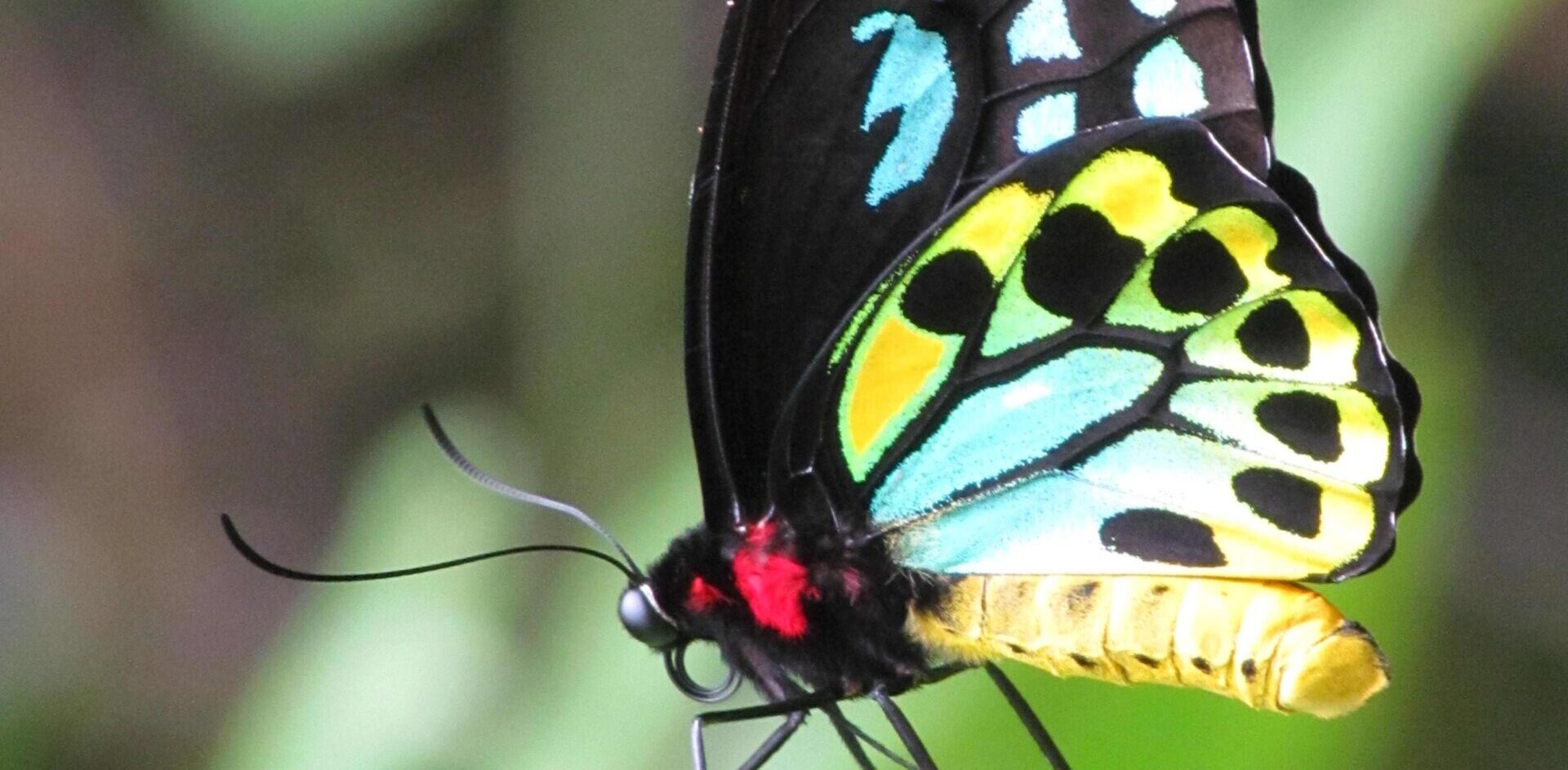Left: Carnaby’s black cockatoo (Zanda latirostris), Right: Red flowering gum (Corymbia ficifolia), an endemic species to southwest WA.Photo credits: Lori-Ann Shibish and Colin Ingram Esperance Wildlife Sanctuary Inc Western Australia • CHADWICK In 2021 we purchased our 12-acre property that was part of a 1980s subdivision, partly cleared to run...
HSI’s Wildlife Land Trust (WLT) is a national and international network of private sanctuaries dedicated to wildlife and habitat protection guided by the principle of humane stewardship. 412 properties are now members of the Australian program, providing more than 55,700 essential hectares of wildlife habitat to species under increasing pressure across the country. Wildlife Land Trust members are private landholders whose voluntary efforts and commitments provide a significant public benefit not only to their local communities and ecosystems, but also to the protection of threatened species and their habitats on a broader level.
A recent analysis determined that a remarkable 65% of Australian WLT sanctuaries are within the global biodiversity hotspots of Forests of Eastern Australia and Southwest Australia, making them particularly important to biodiversity conservation. Additionally, the owners of more than 150 WLT sanctuaries are actively involved in the care of orphaned or injured wildlife, with the proportion set to increase with the upcoming launch of the WLT Wildlife Rehabilitators Release Network (WRRN). The purpose of the WRRN will be to link wildlife carers with quality release sites for recovered animals in accordance with the rules and regulations of each state and territory.
While many of the species commonly cared for, such as eastern grey kangaroos, bare-nosed wombats and brush-tailed possums are relatively abundant, Wildlife Land Trust members also play a key conservation role through the rehabilitation and release of threatened wildlife. Among these species are Tasmanian devils, southern cassowaries, mahogany gliders, and spectacled and grey-headed flying-foxes.
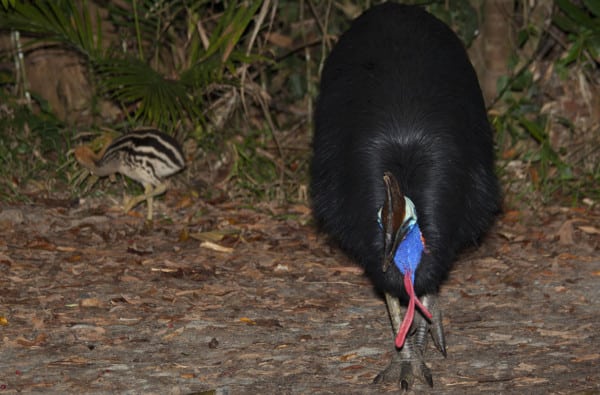
Several Wildlife Land Trust sanctuaries exist solely to rehabilitate wildlife. Earlier this year, HSI attended and sponsored the Australian Wildlife Rehabilitation Conference in Melbourne. The biennial conference gives wildlife carers the opportunity to learn from each other as well as experts in the field including researchers, carers and veterinarians. Having joined the Wildlife Land Trust team just a few months prior, the conference was my first opportunity to meet some WLT members who dedicate their time to caring for our wildlife. These wildlife carers go above and beyond the call of duty, and their hard work and tireless efforts to improve the lives of Australian wildlife is truly inspiring. The following examples from around the country offer a snapshot of their efforts:
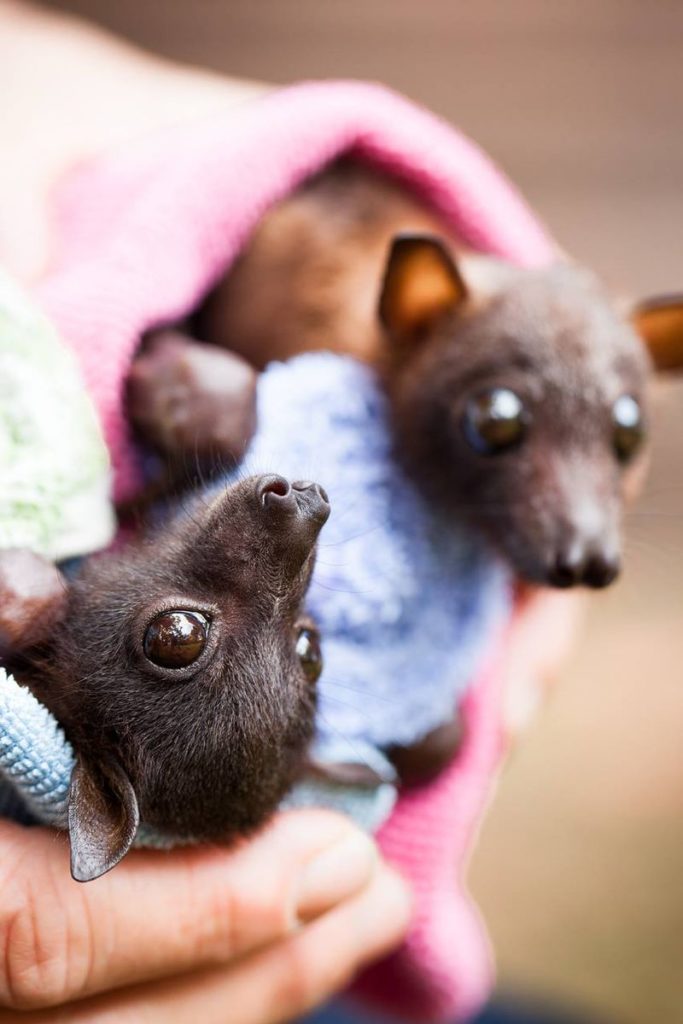
Annie Schoenberger’s Nightwings Rainforest Centre in northern Queensland runs a bat hospital where the rehabilitation of several bat and flying fox species is a core component of the sanctuary’s work. In addition to the hospital, Nightwings runs an education centre which aims to increase awareness and respect for the often misunderstood creatures and build knowledge around their importance to the function of healthy ecosystems.
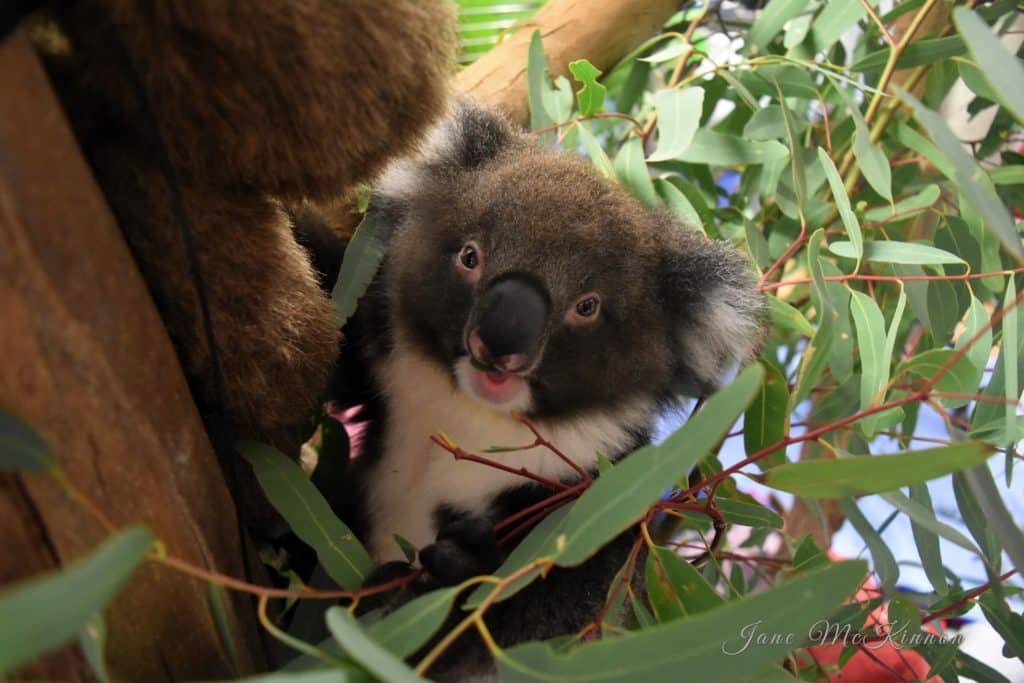
In South Australia, Bev Langley’s Minton Farm Animal Rescue Centre provides a free service to the community by taking in injured and orphaned animals, nursing them back to health and, where possible, rehabilitating them ready for release back where they came from. Since its inception in 1992, Minton Farm has rescued, cared for and released over 10,500 orphaned and injured animals including Buffy, a 600g orphaned koala who was recently rescued after being found soaking wet in a roadside gutter after a storm.
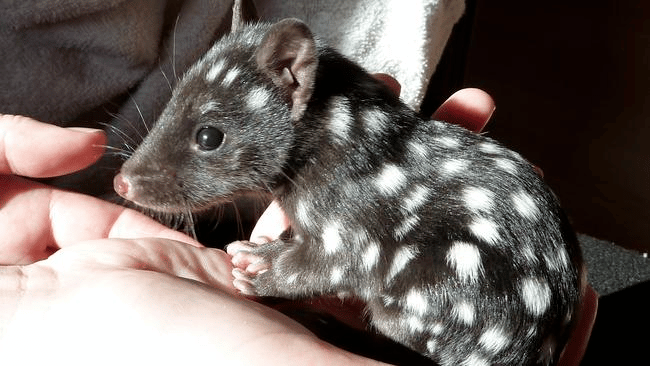
Inala, a 607 hectare sanctuary on Tasmania’s Bruny Island, is owned by Dr Tonia Cochran who has an extensive history in wildlife rehabilitation, tending to injured and abandoned animals like Sparky, an orphaned eastern quoll. Inala is a refuge for all twelve of Tasmania’s endemic bird species and several threatened species including the largest known stable colony of the forty-spotted pardalote, a species listed as Endangered under national environmental law and endemic to Tasmania, with around half of the total population found on Bruny Island.
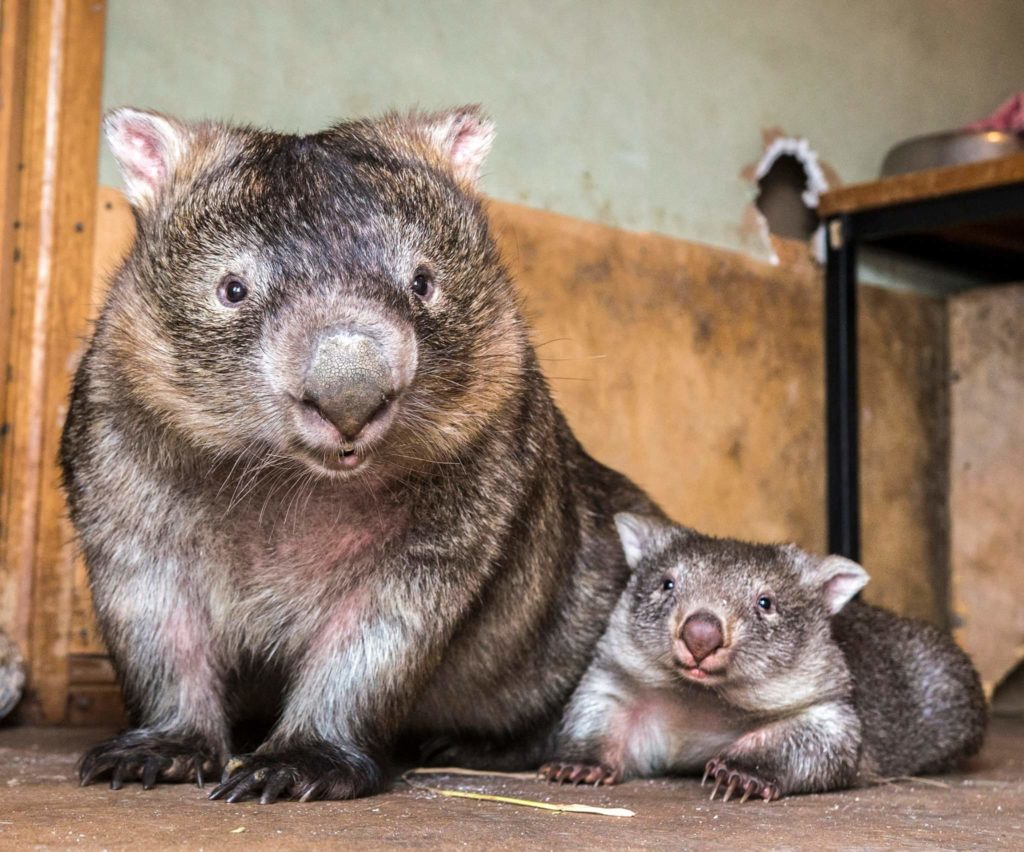
Sleepy Burrows Wombat Sanctuary sits on approximately 80 hectares of hilly terrain and scrub with rocky soils ideal for the injured and orphaned wombats taken in by WLT member Donna Stepan. Over the last 12 years, Donna has devoted herself to the rehabilitation of more than 700 injured and orphaned wombats with up to 40 animals in care at the one time. In an attempt to give her wombats the best chance at survival once released back into their natural habitat, Donna has even created her own education system which includes wombat primary school, high school, university and, finally, an honours degree.
Protecting and preserving ecosystems and the habitats of all wildlife is essential to their survival and every unexploited hectare is a haven – a view reflected by the WLT’s inclusive membership. Private landholders with a concern for wildlife and habitat protection have become an integral part of the solution and hold an important opportunity to make a significant contribution to conservation efforts across the country. The abundance of wildlife rehabilitators within the movement is no coincidence, with the need for ample and appropriate areas for wildlife to thrive frequently on the mind of those who invest their time and emotions so heavily in this noble and needed service.
Learn more about HSI’s Wildlife Land Trust here.


